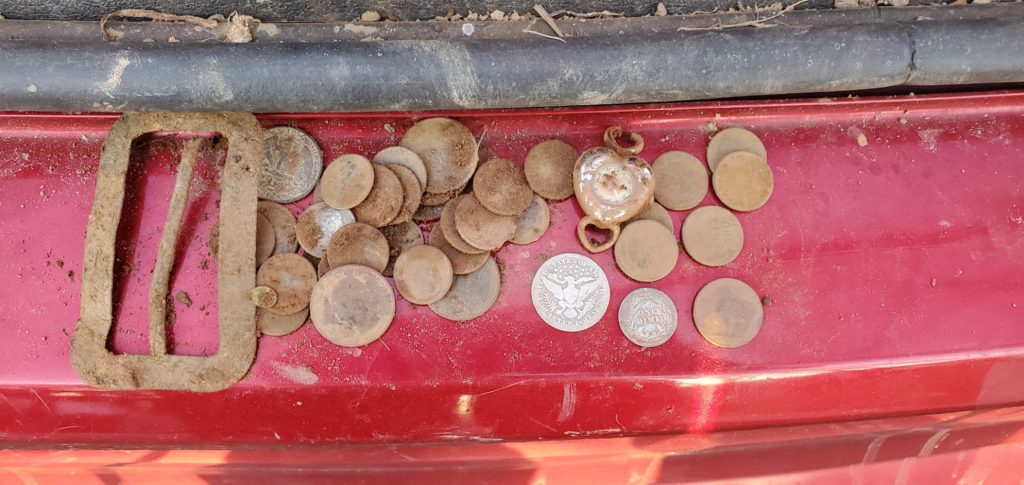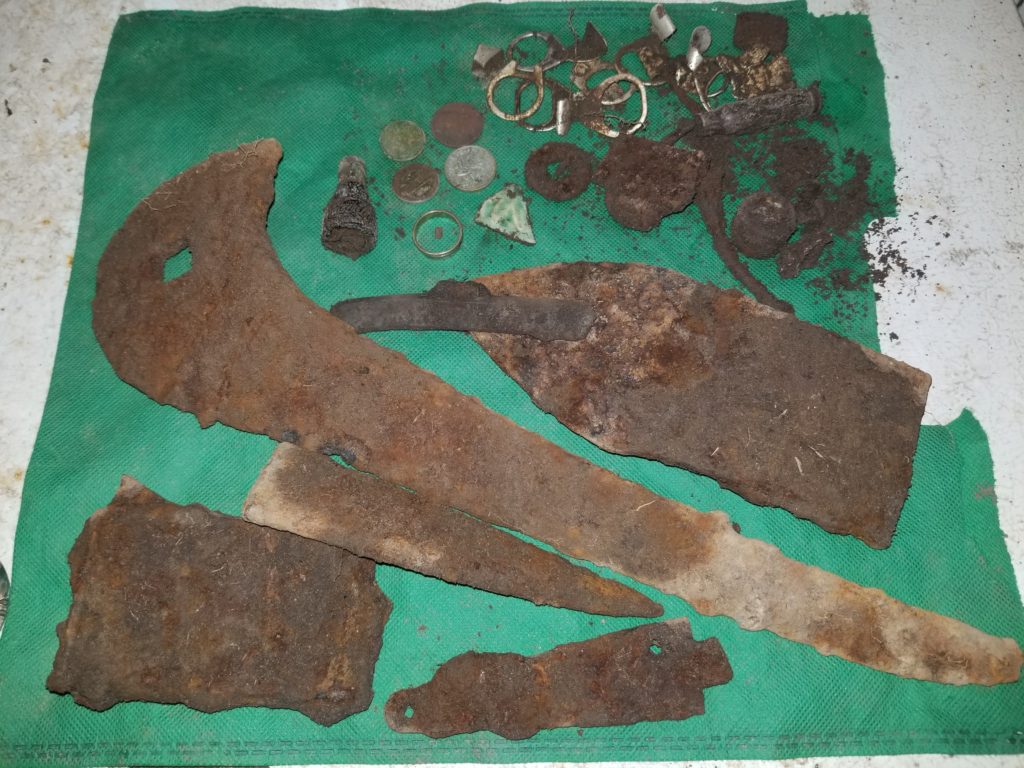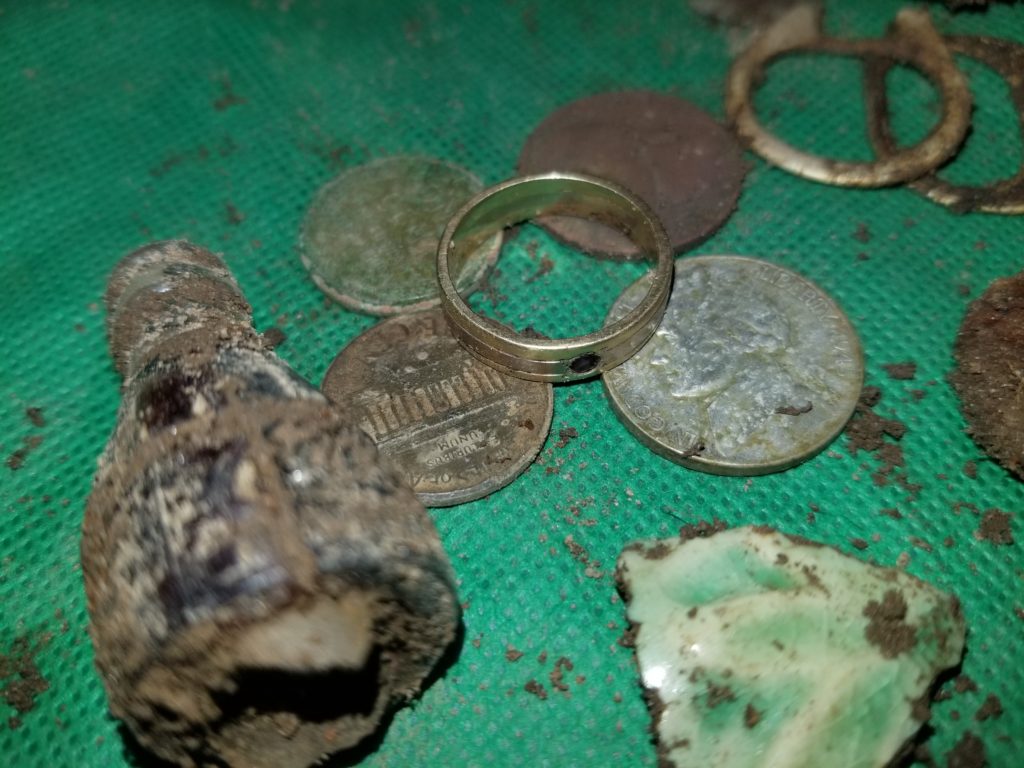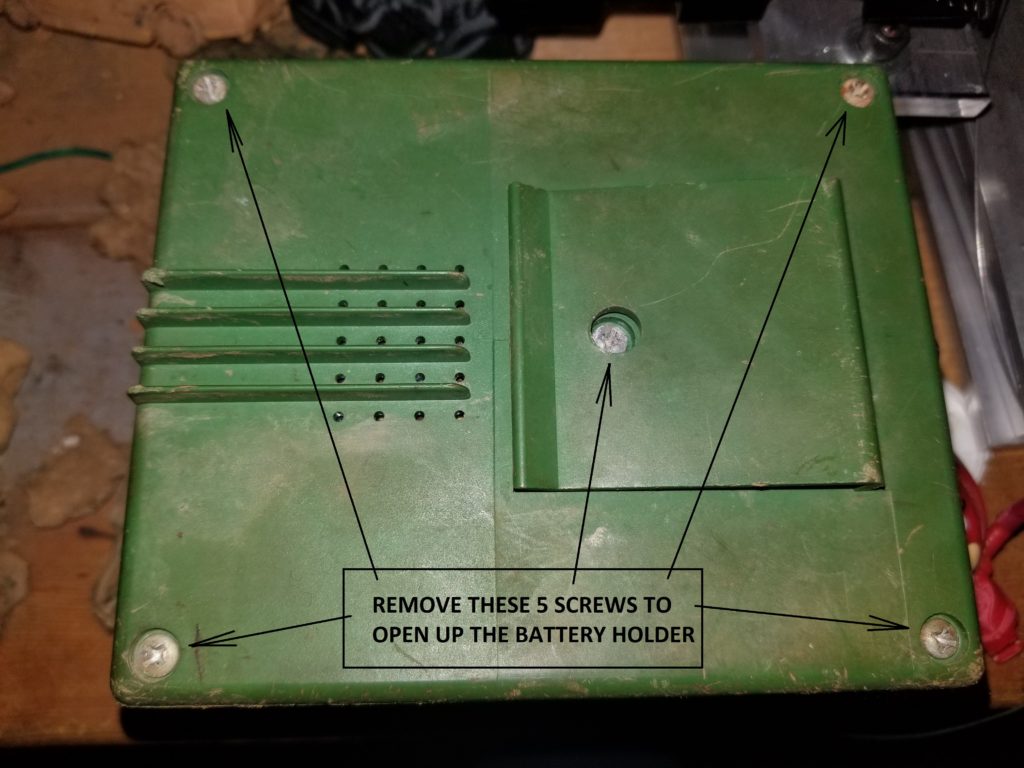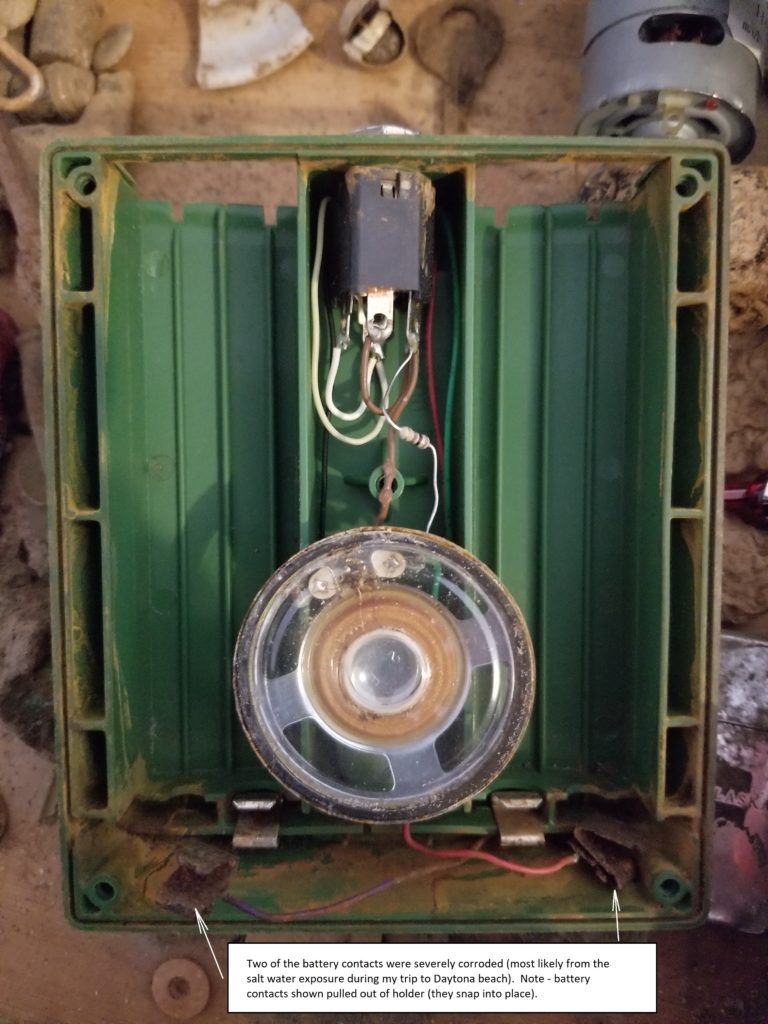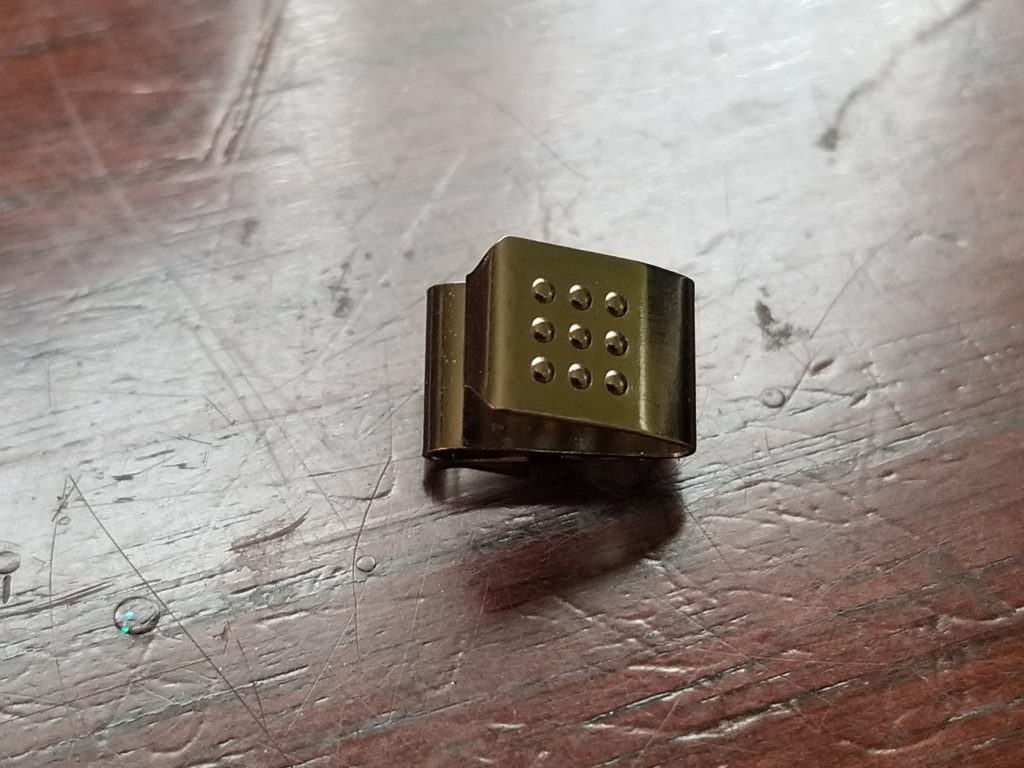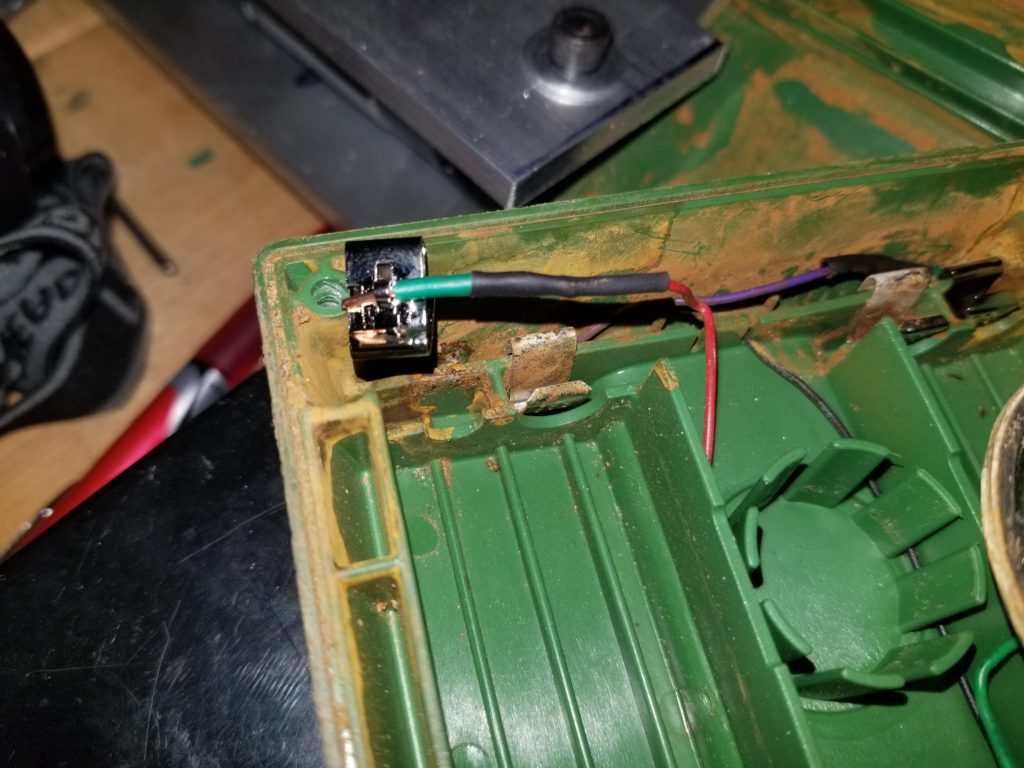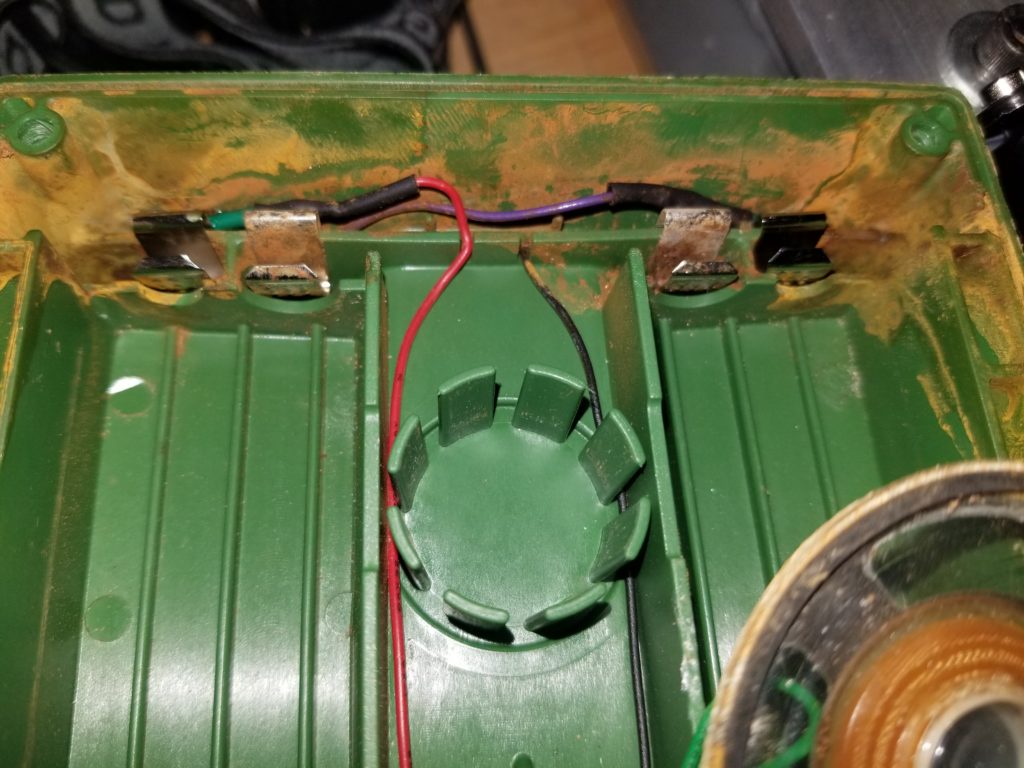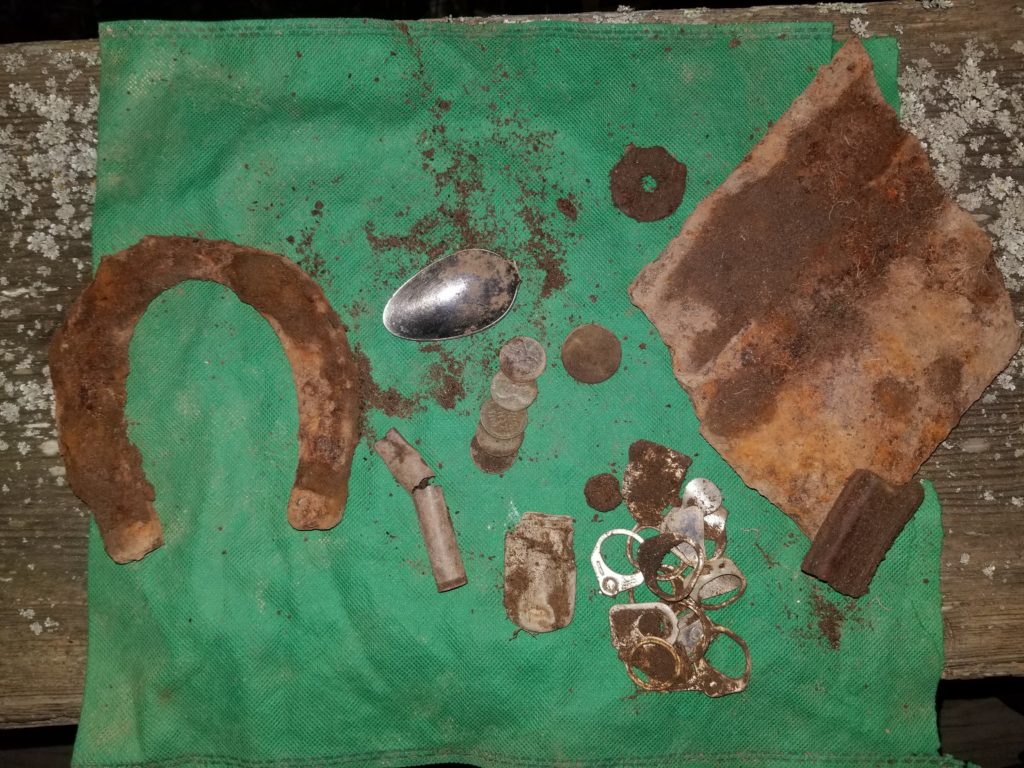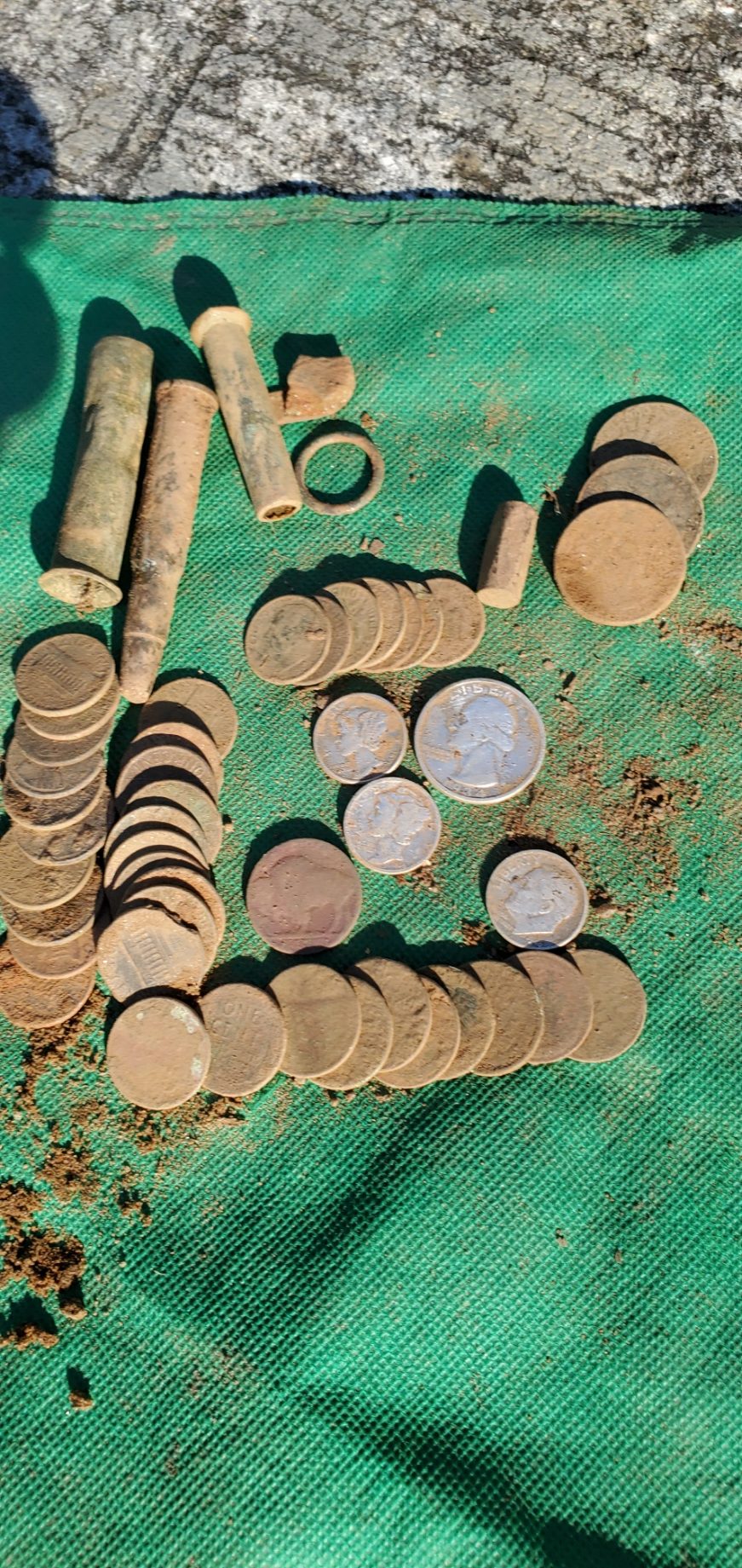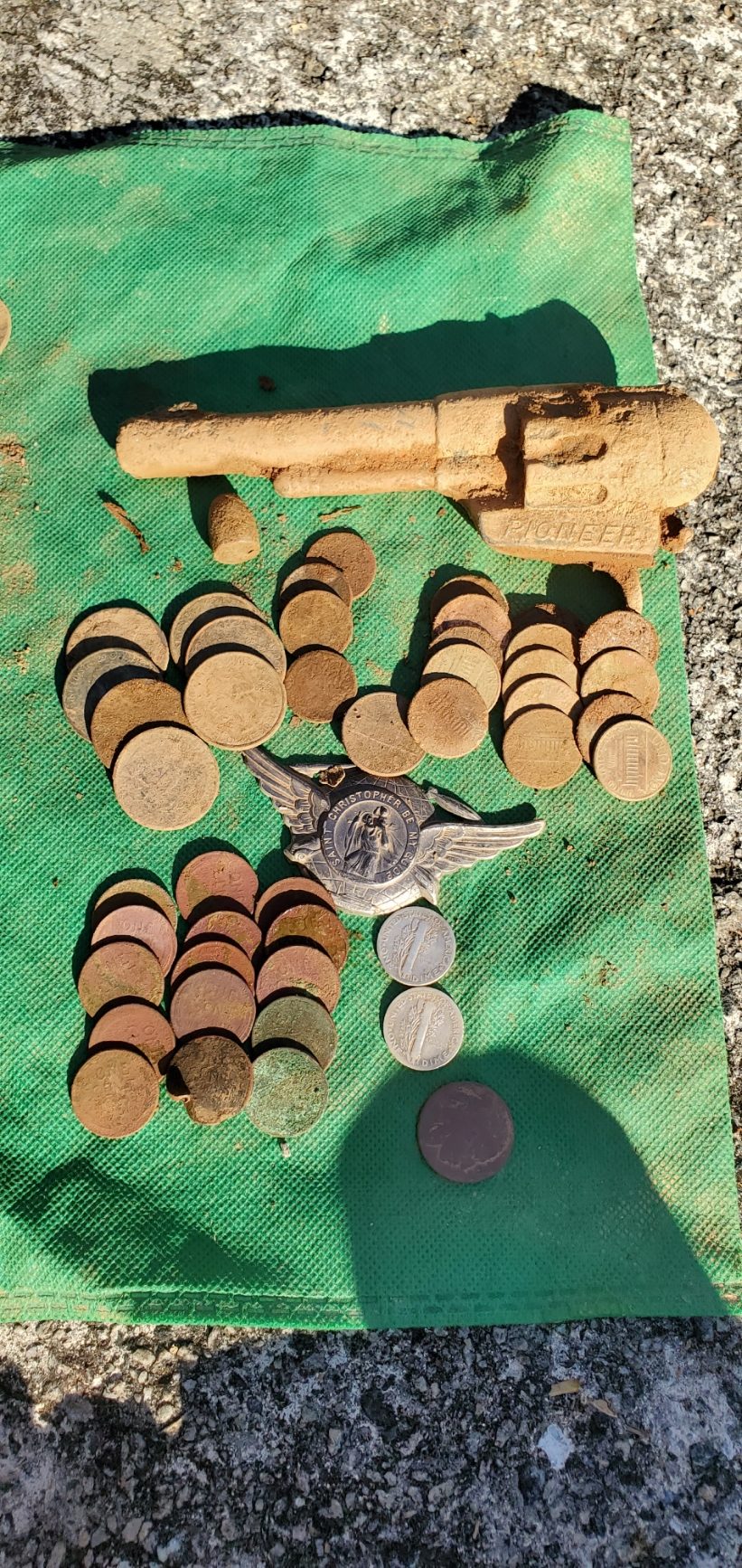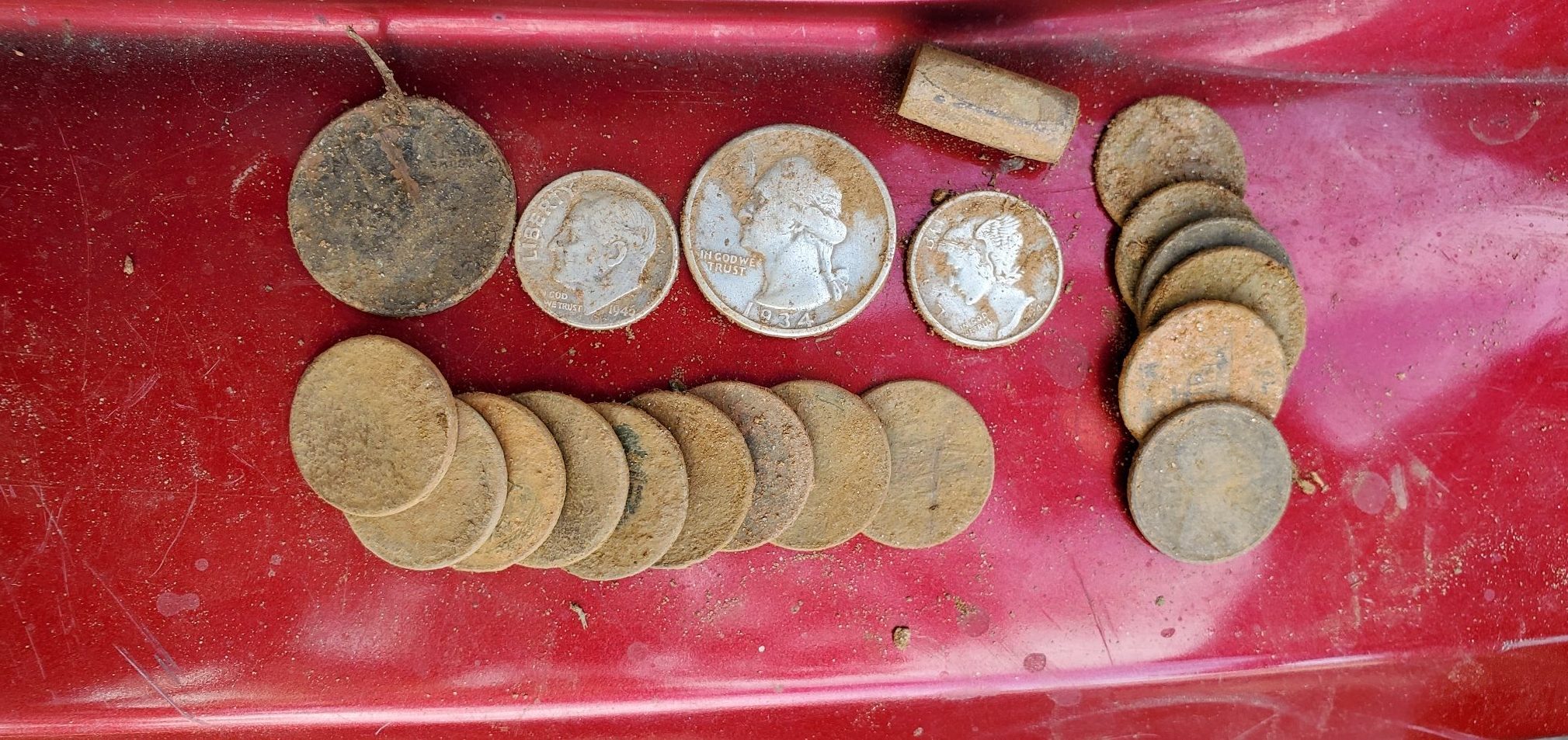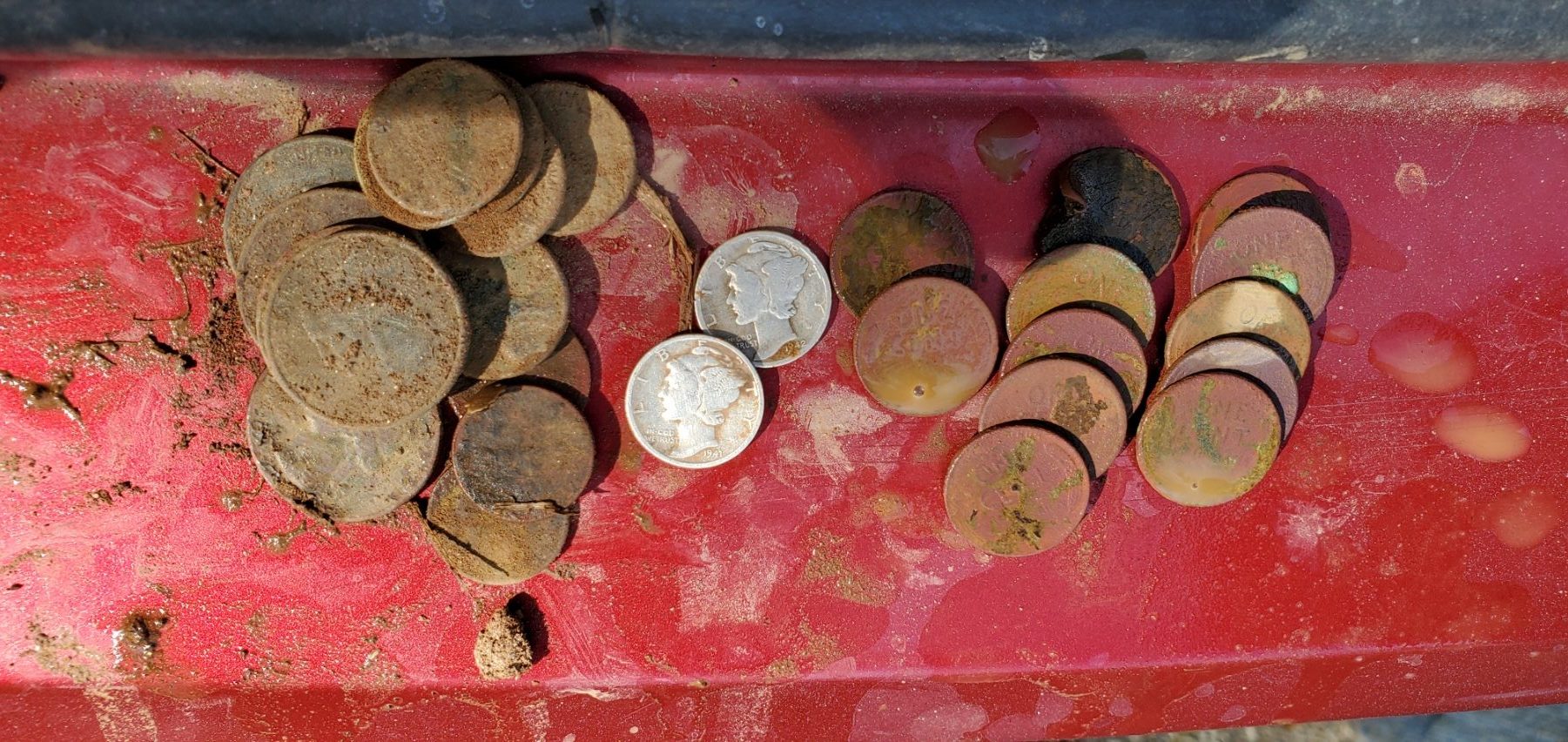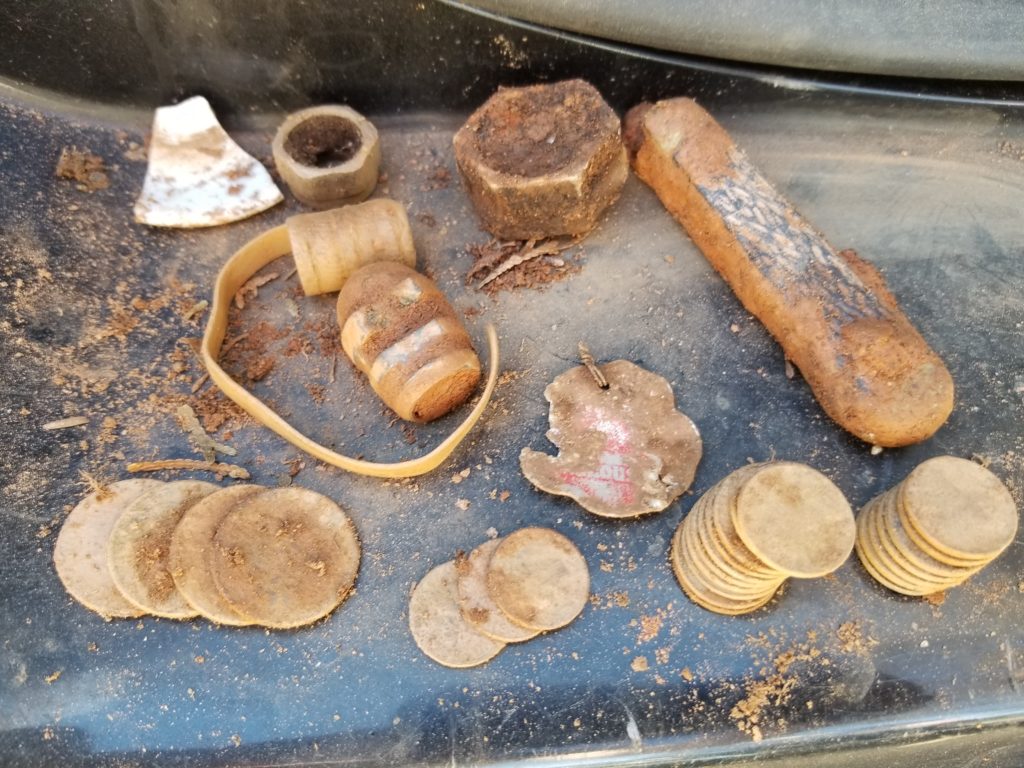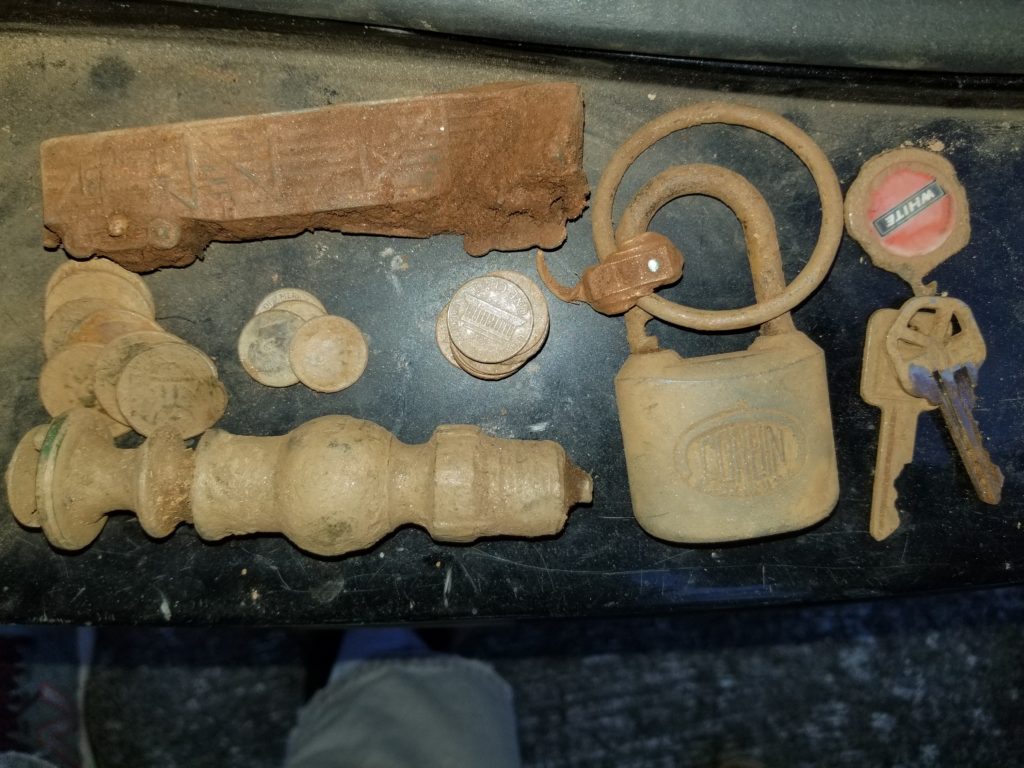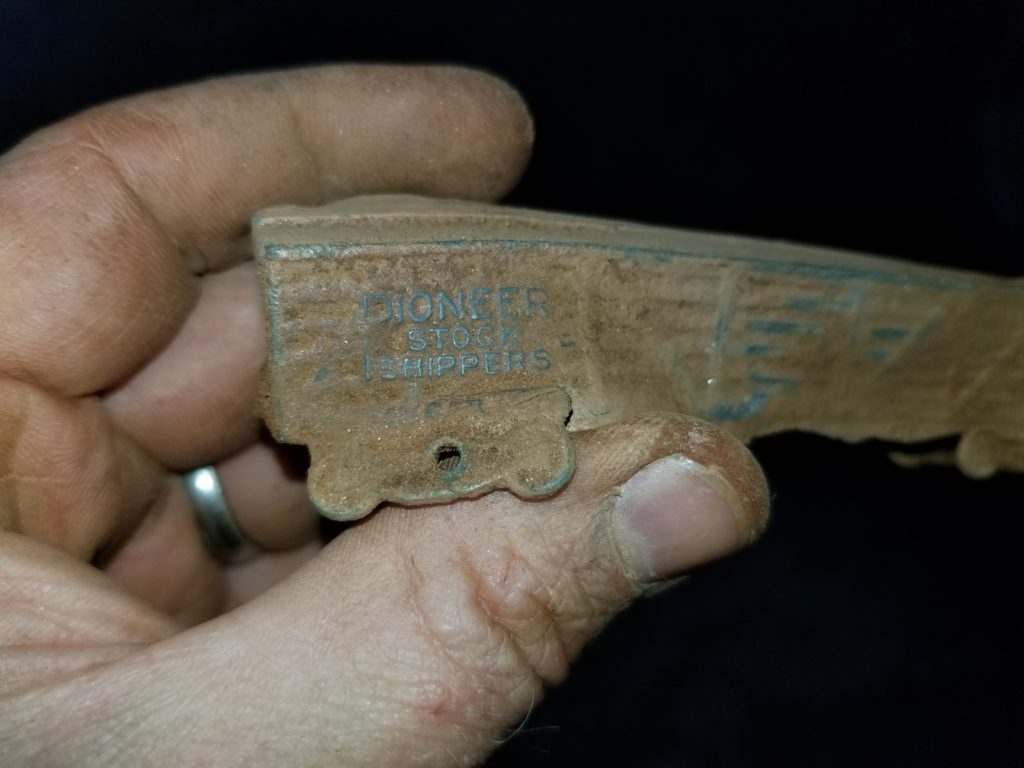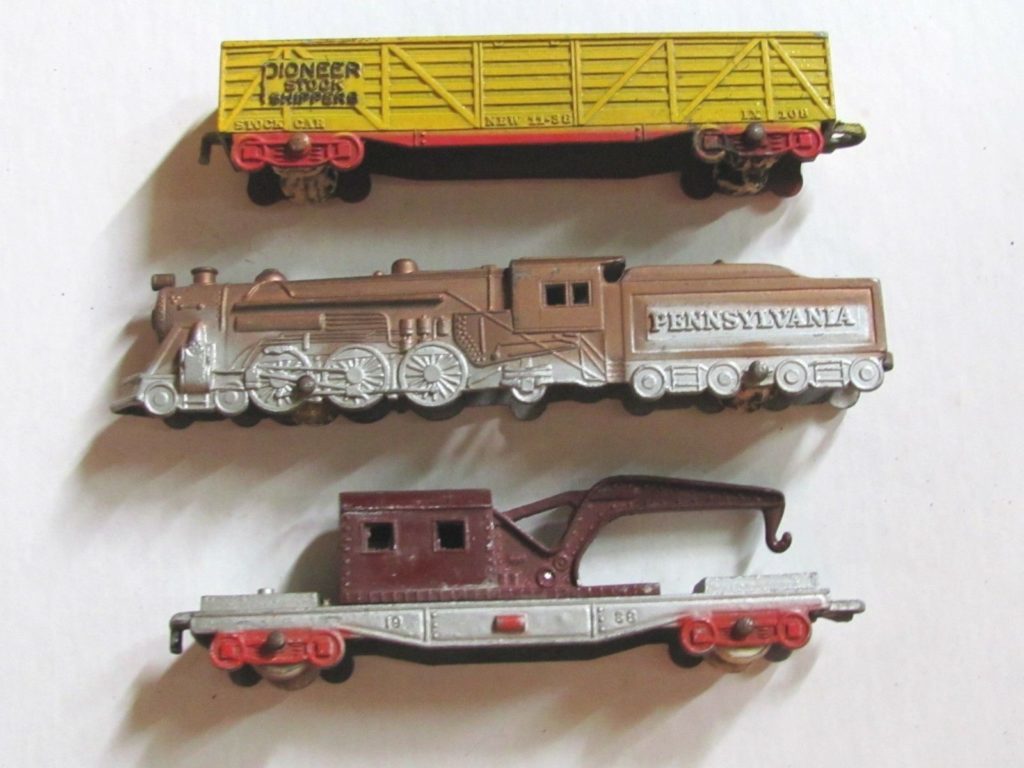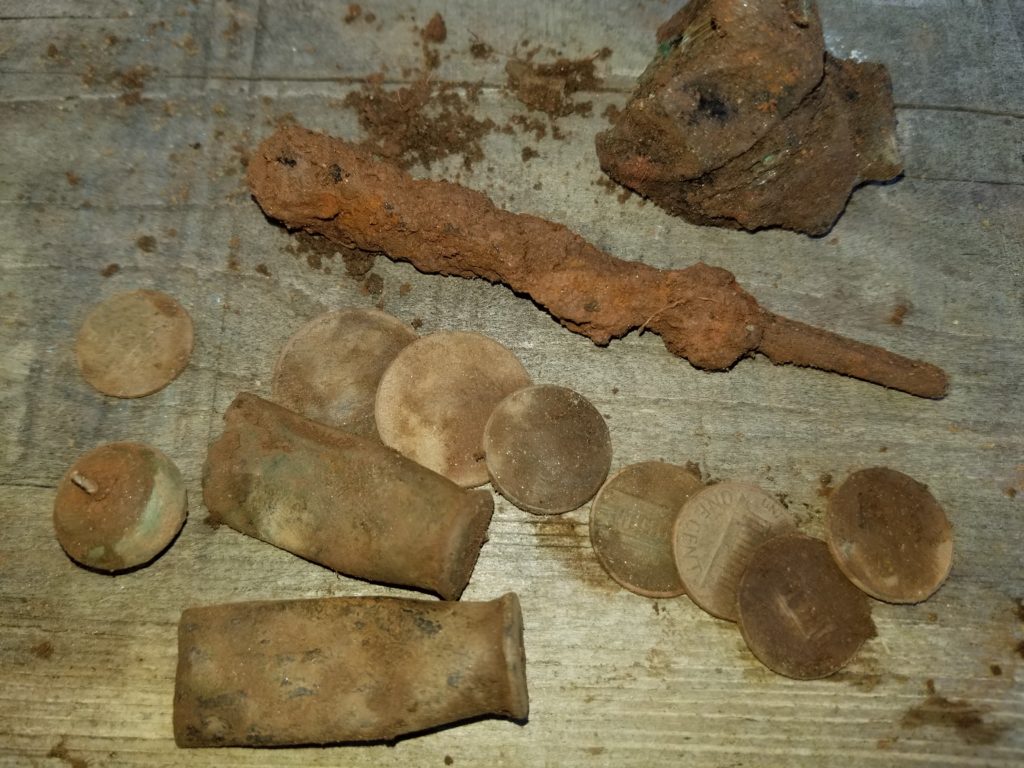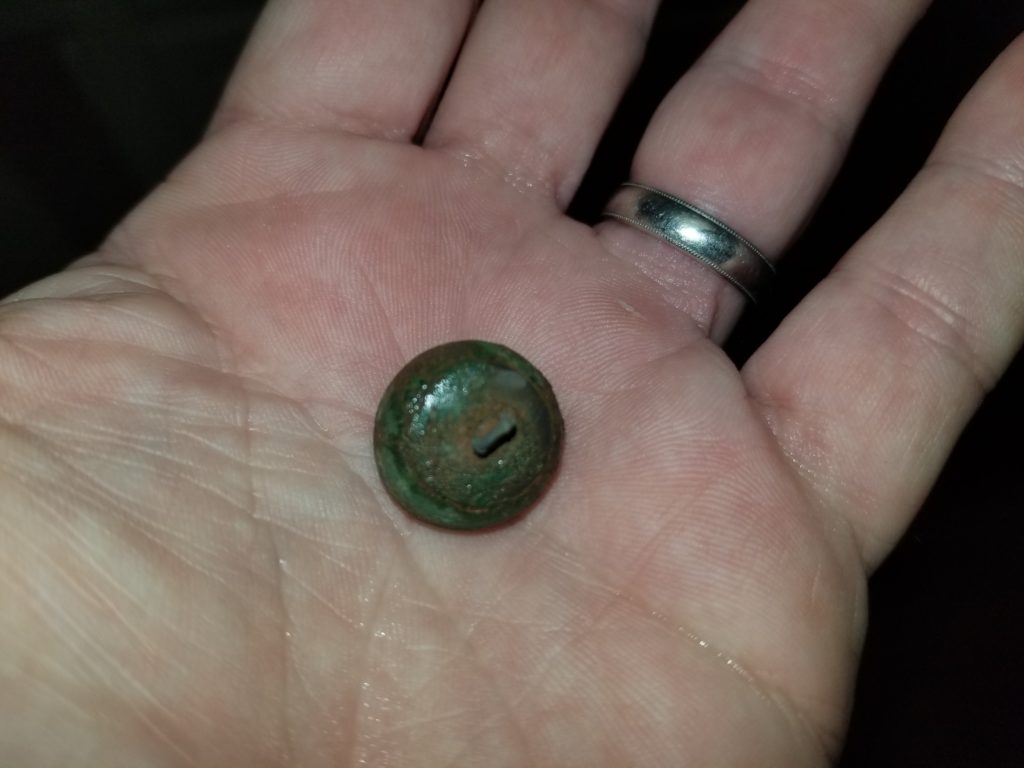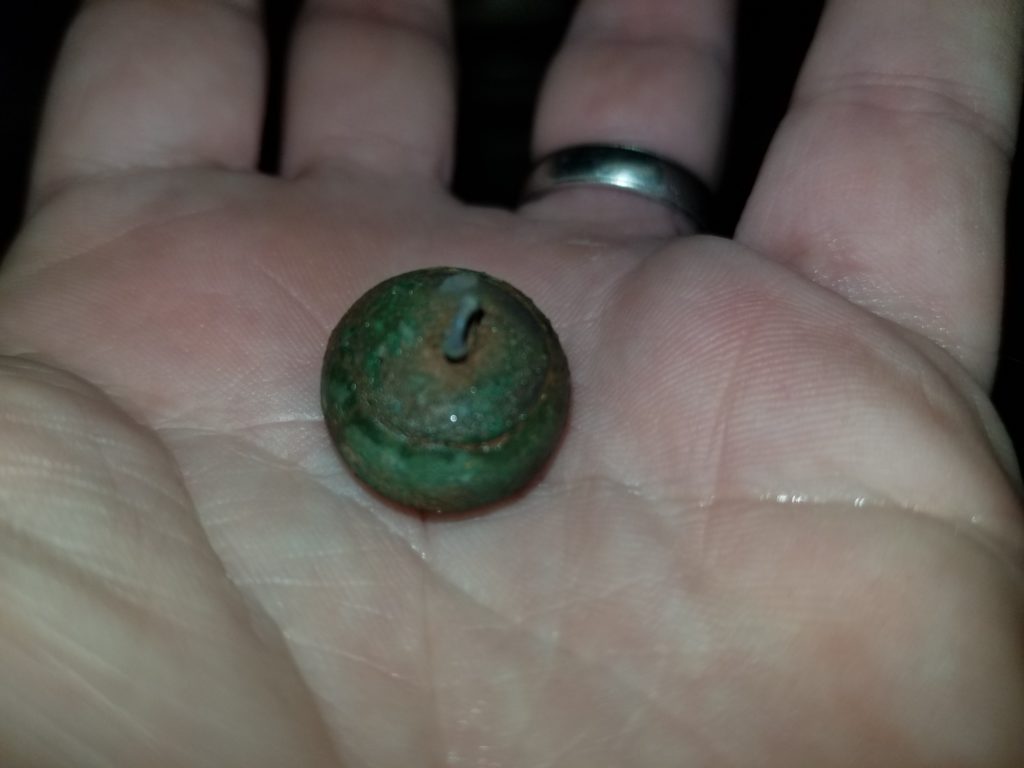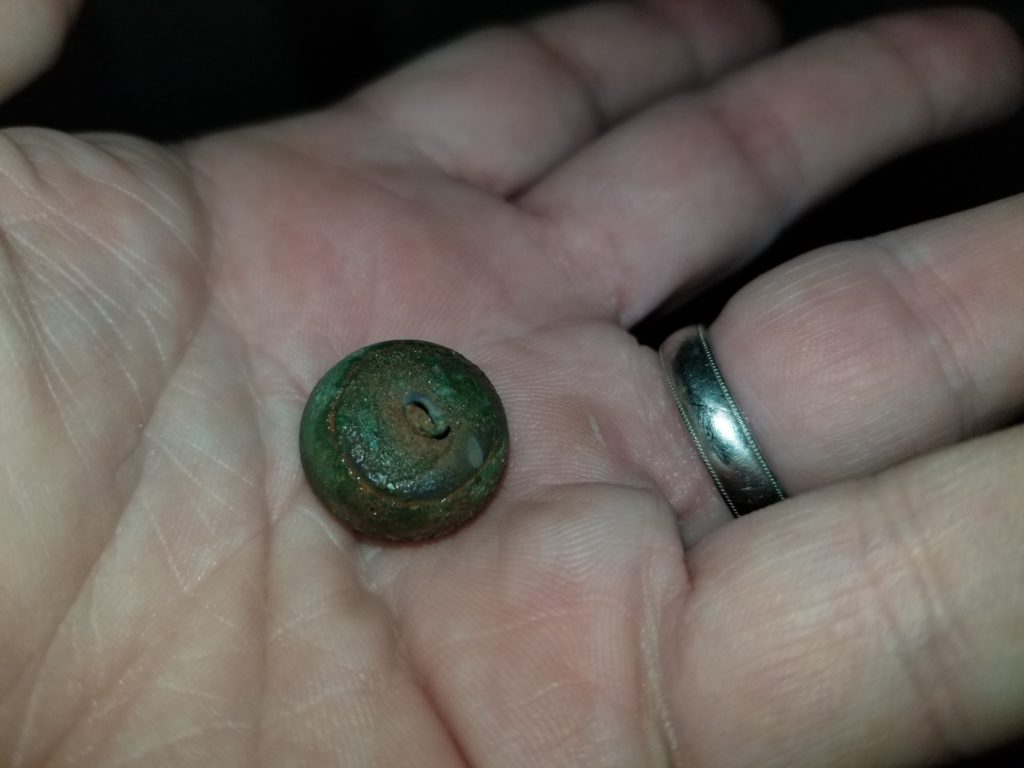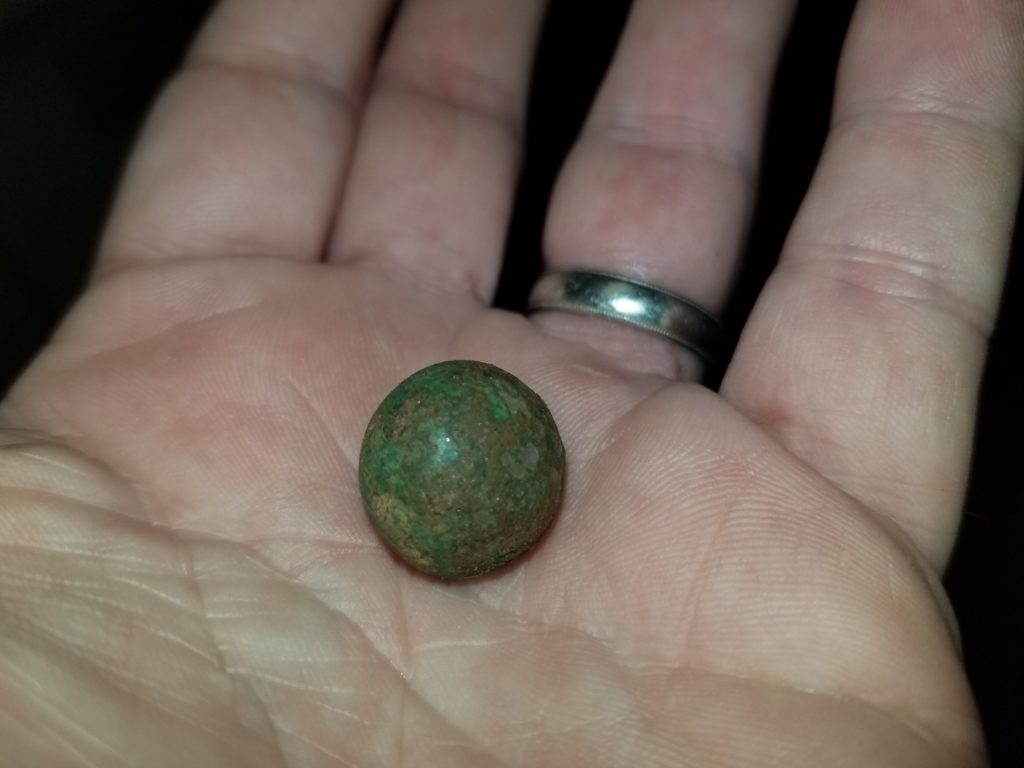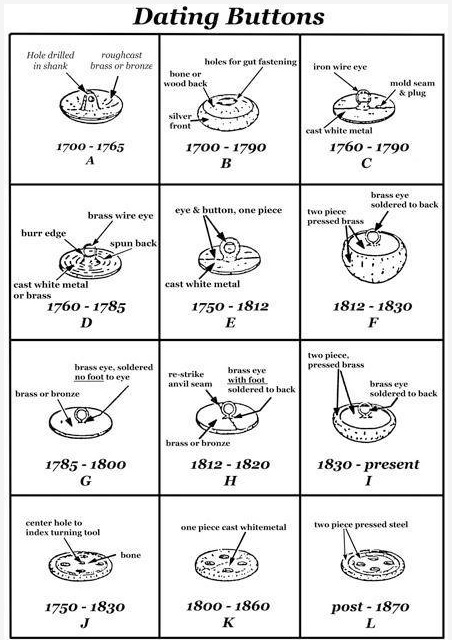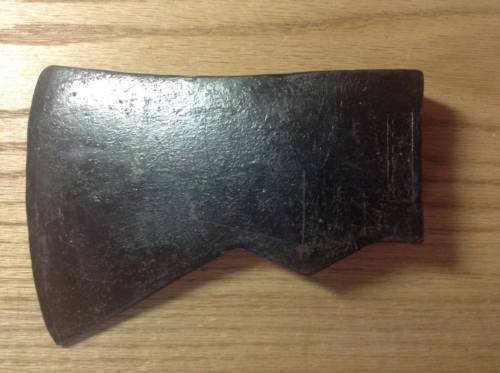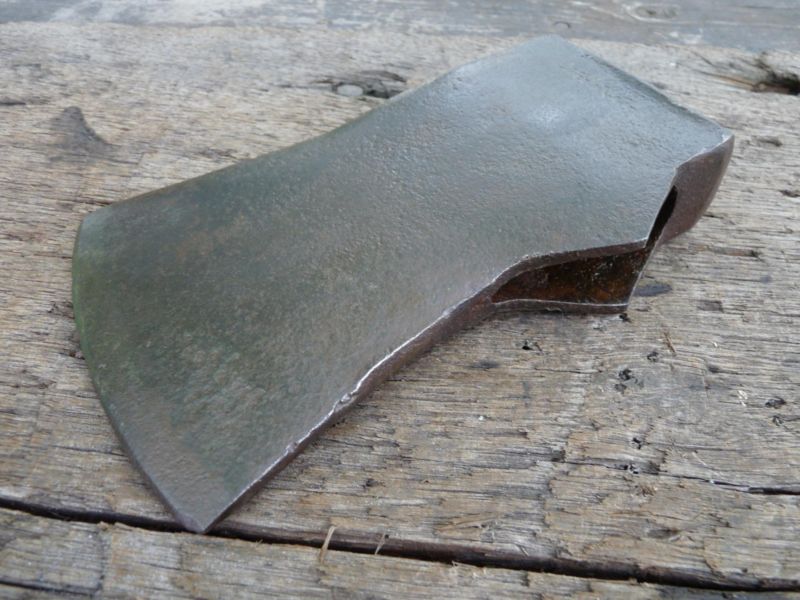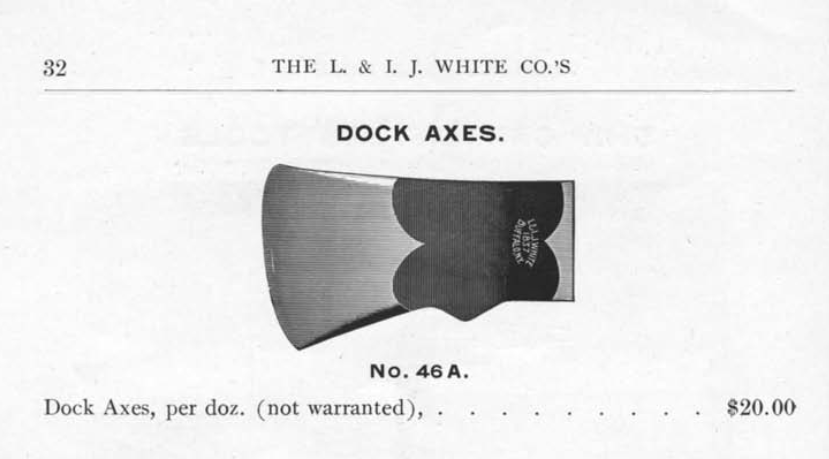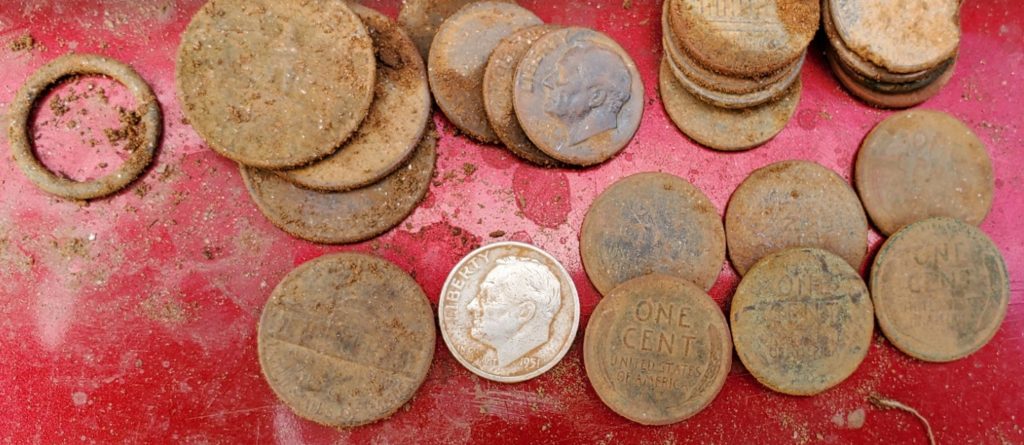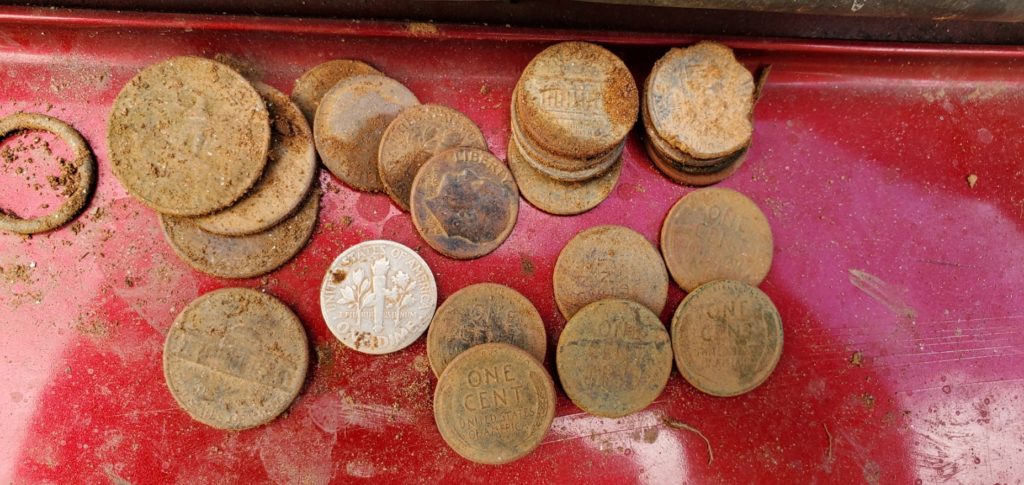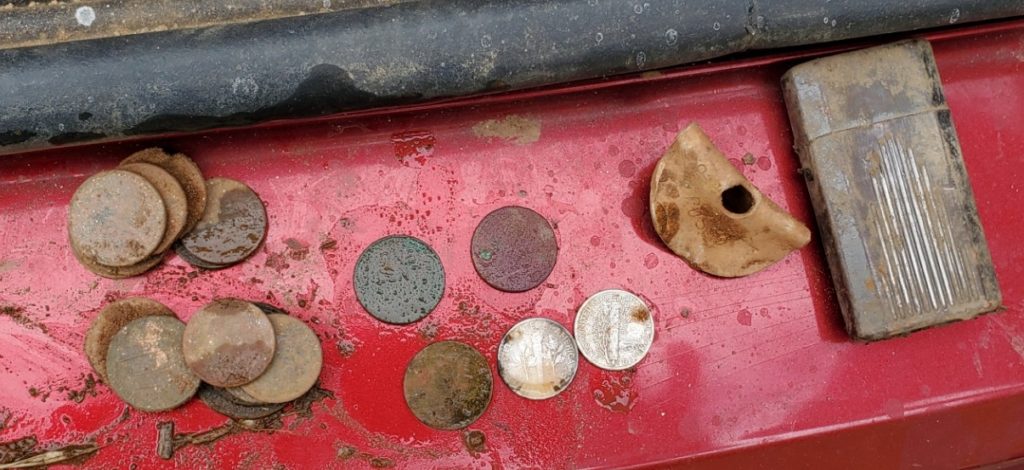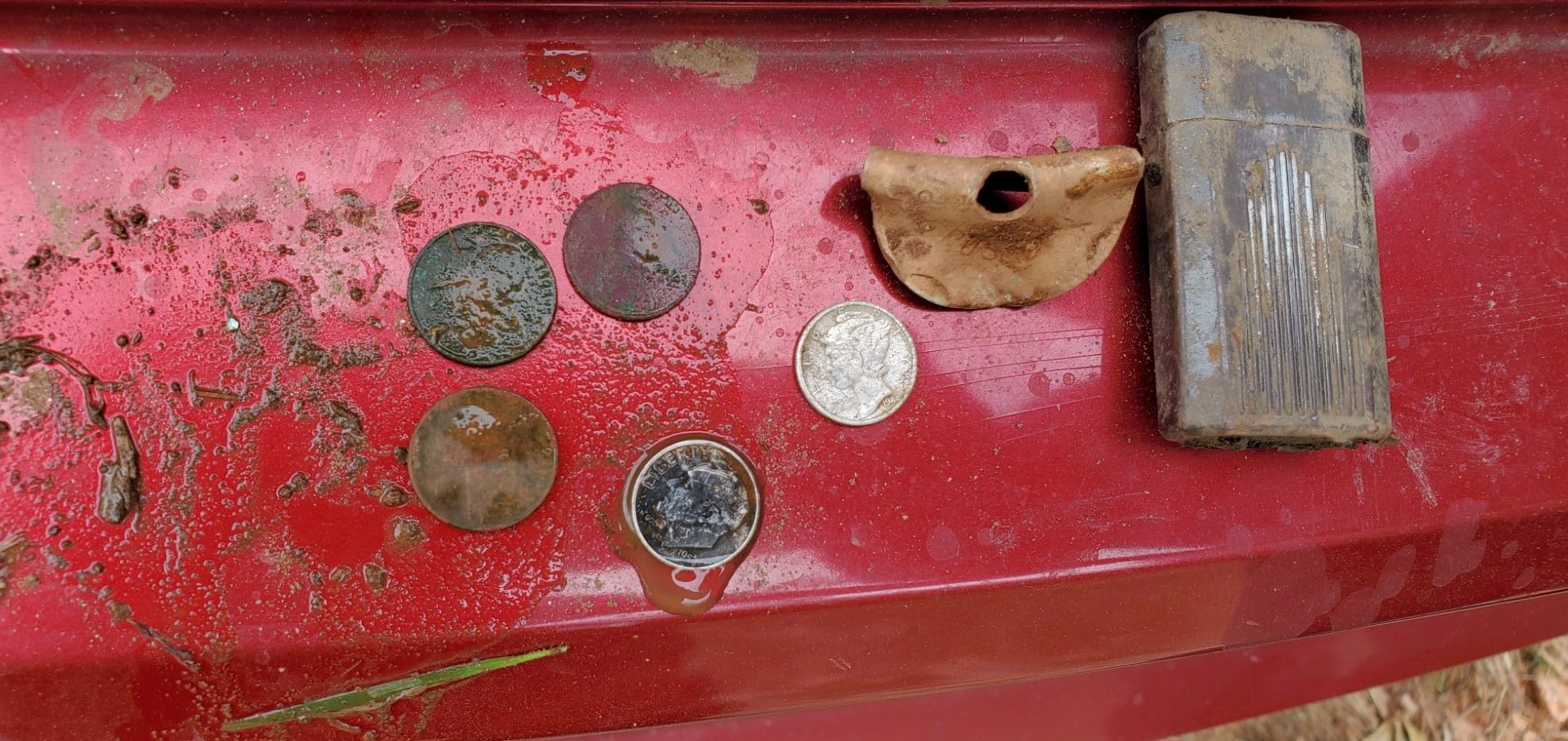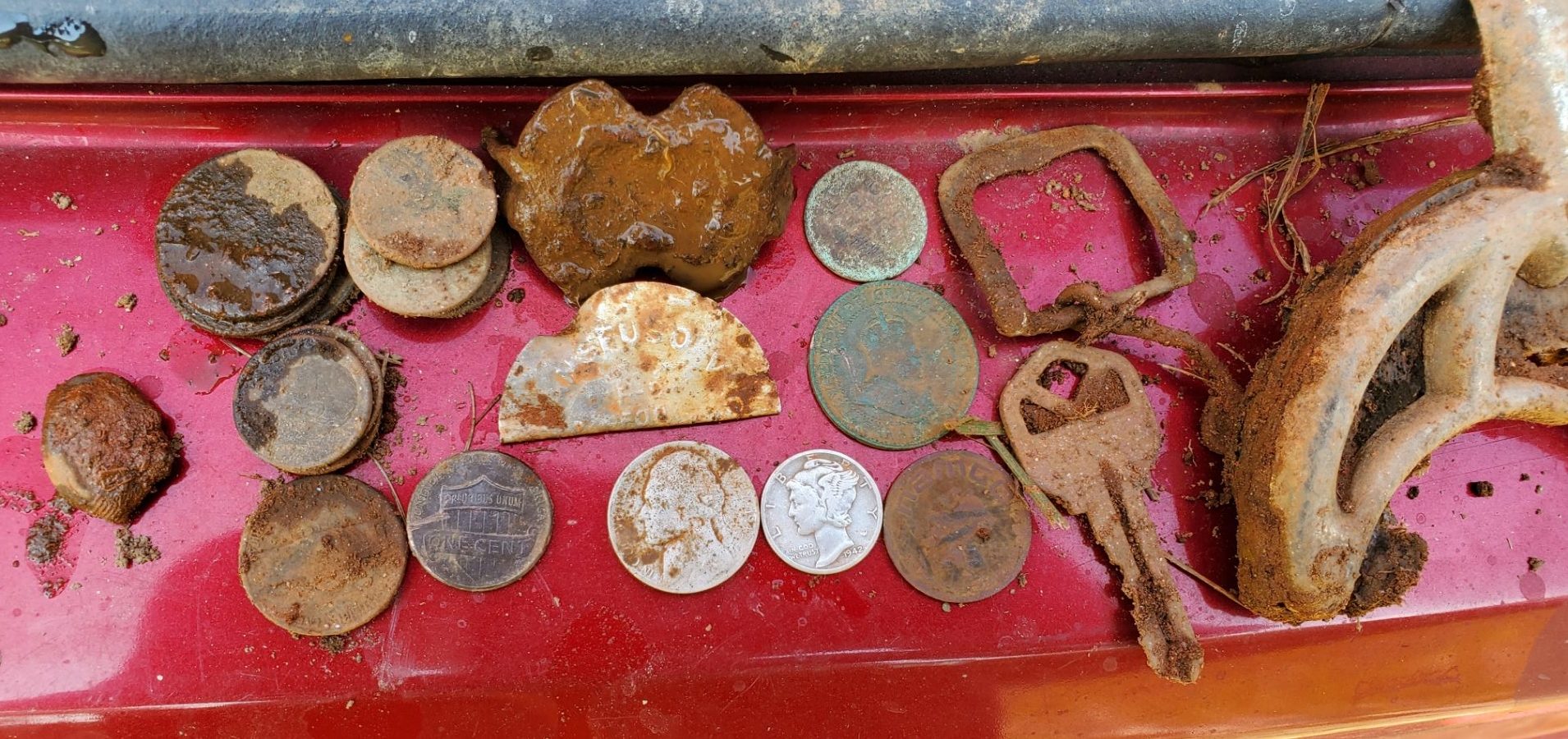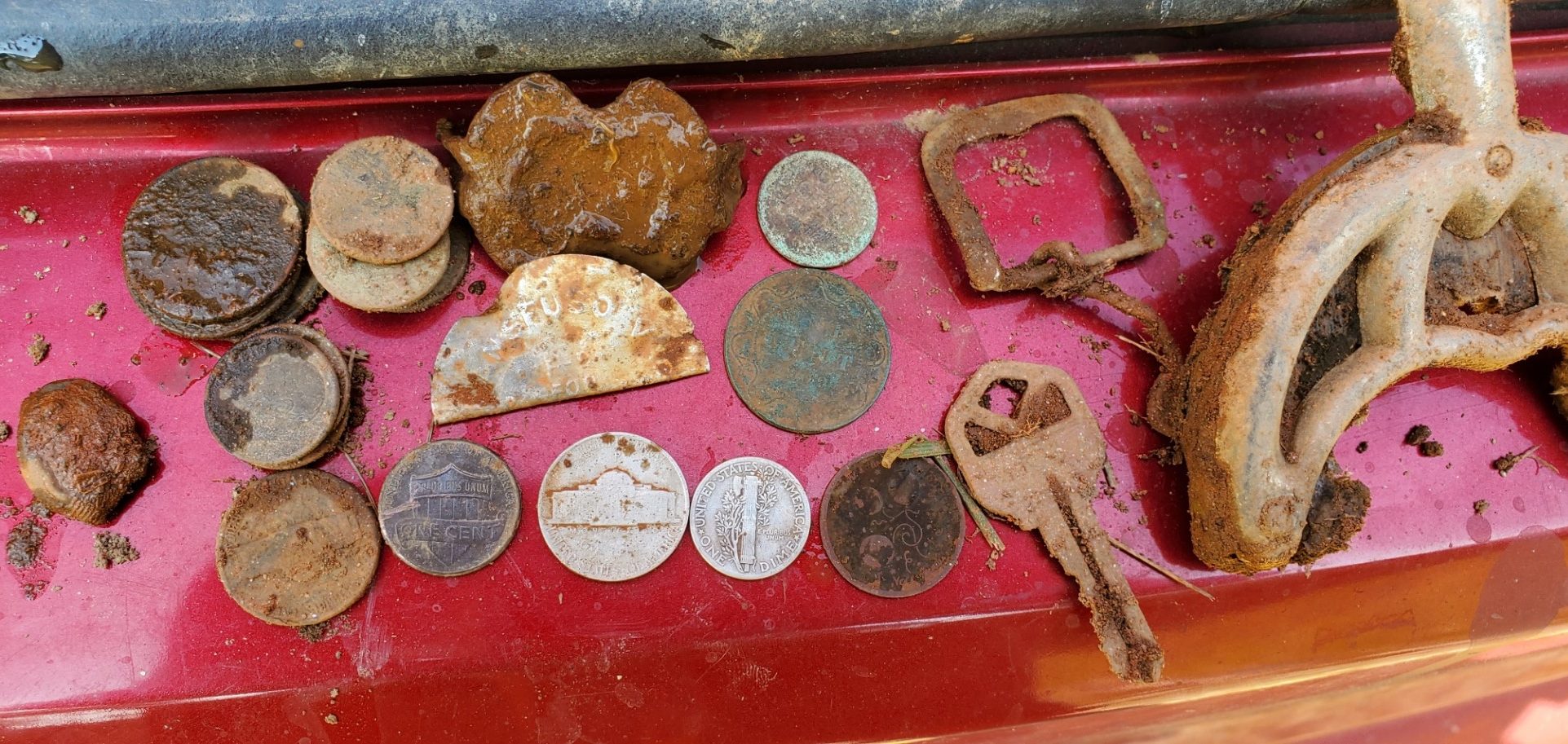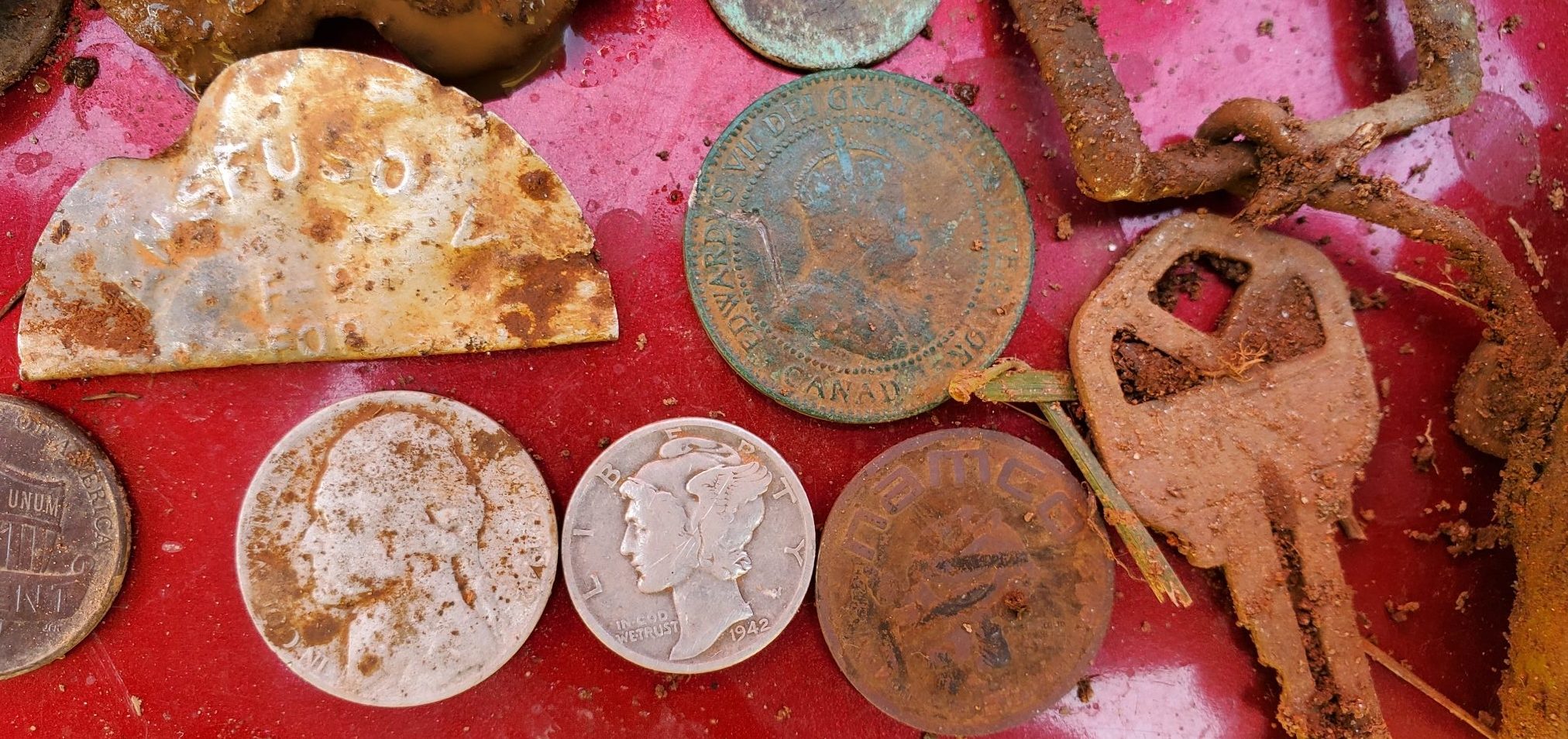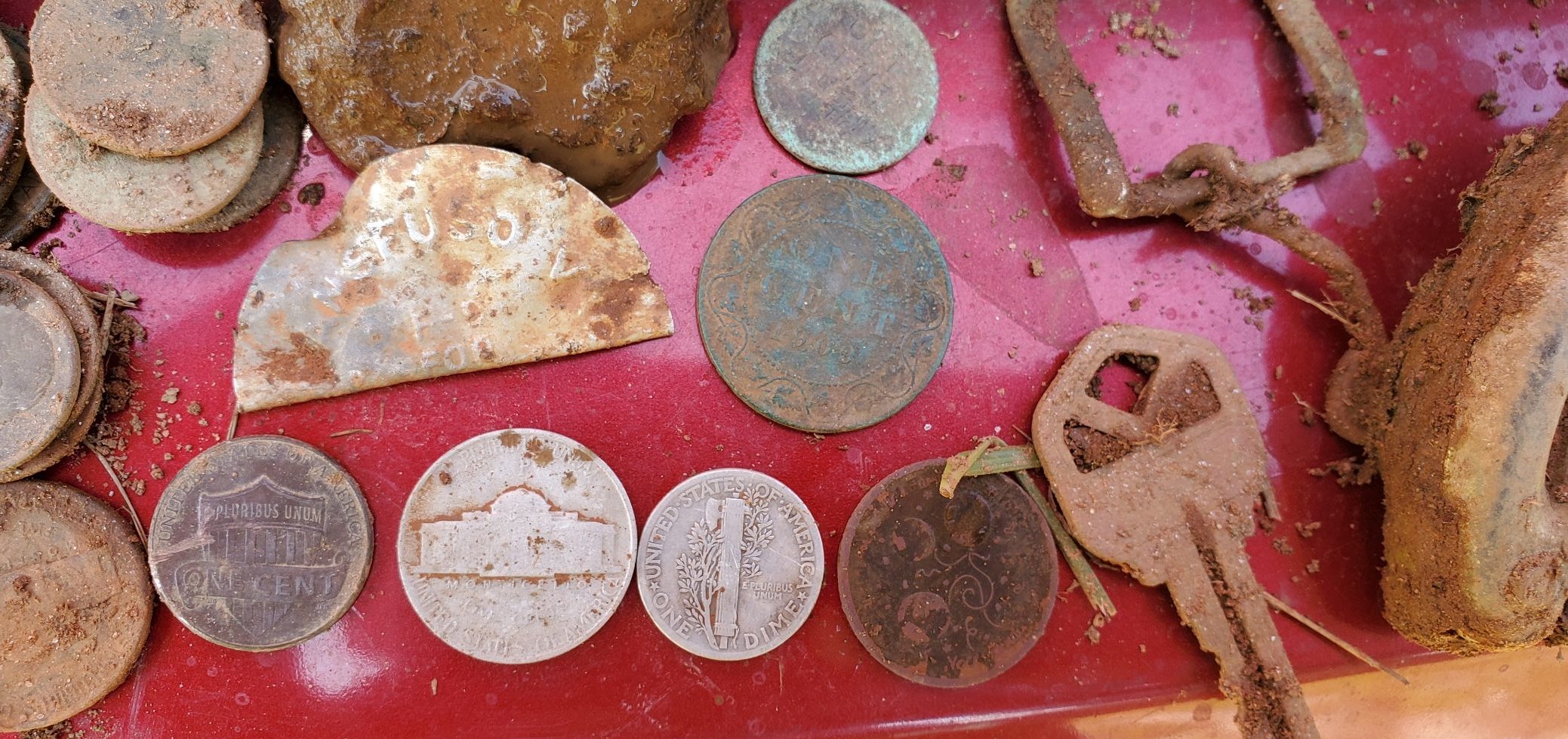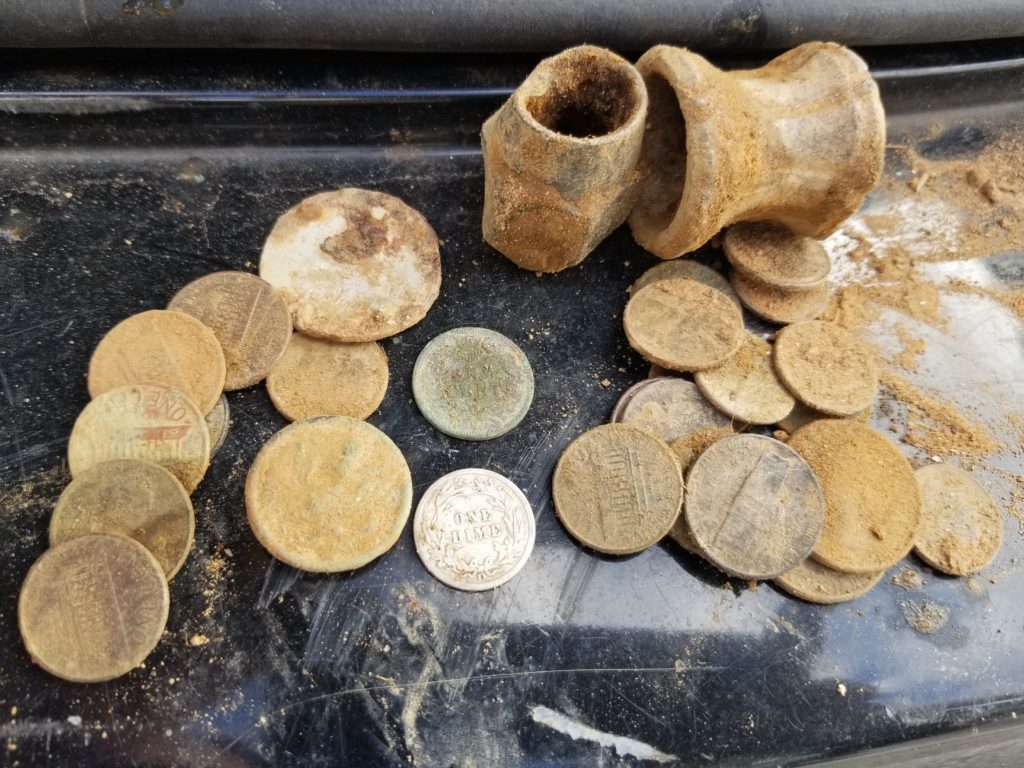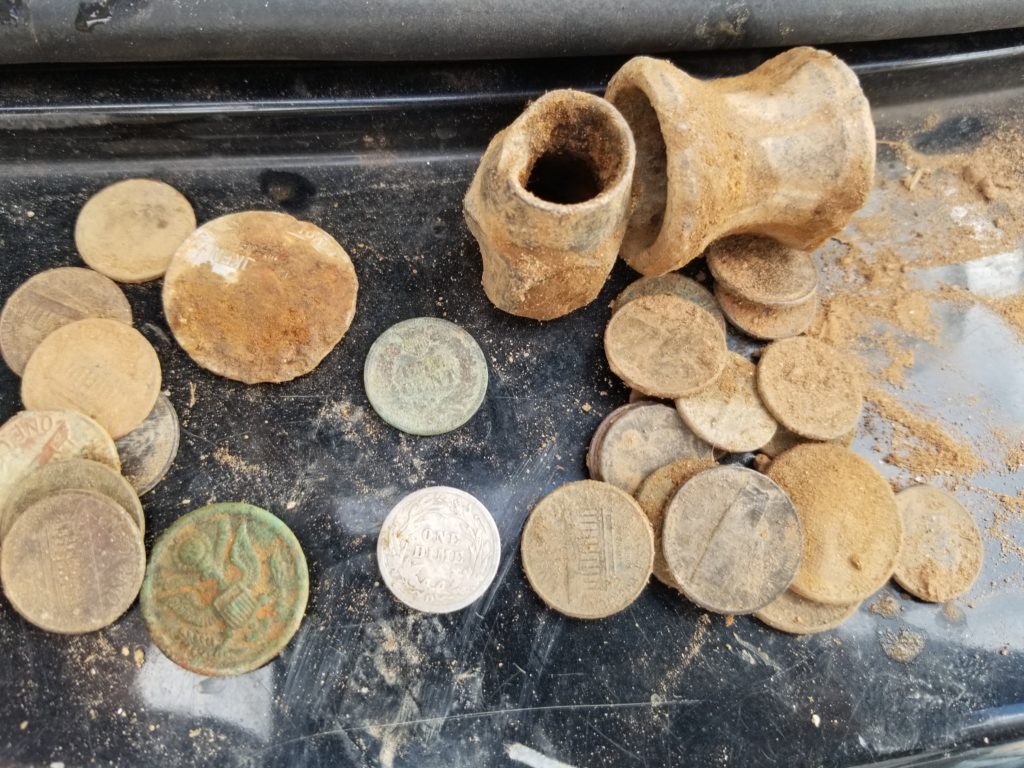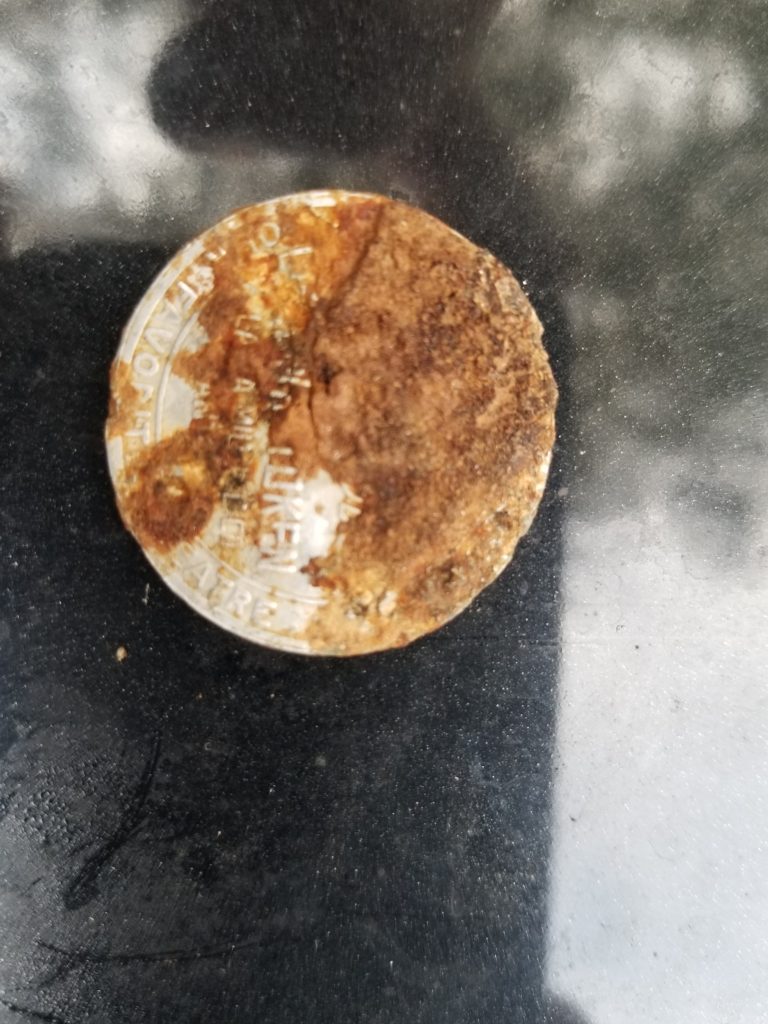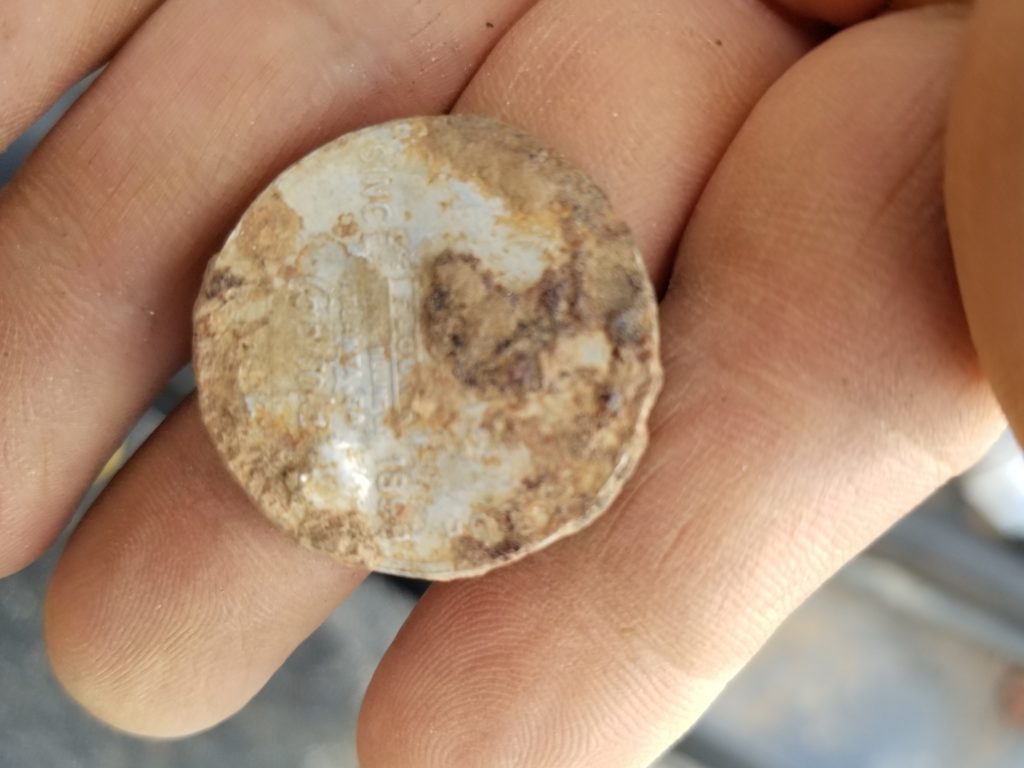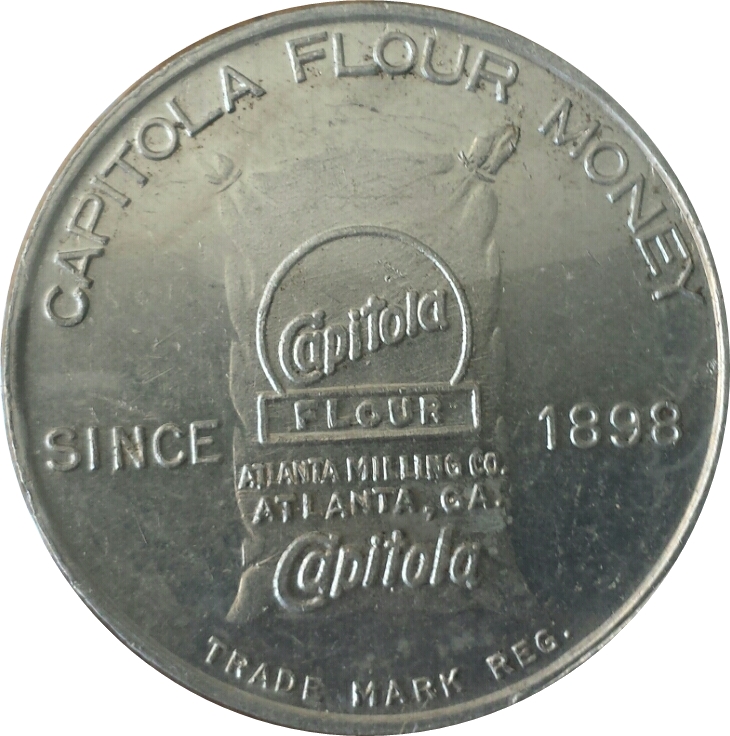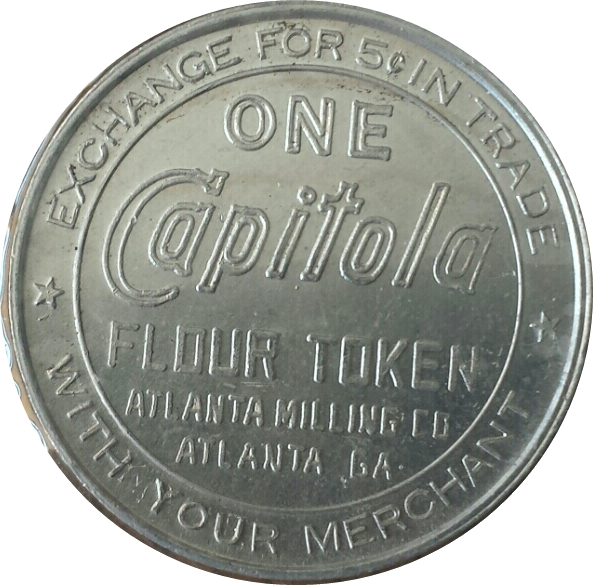Wow, what a great day! Mike and I went out metal detecting and the good finds just kept coming!
We started near Mike’s house and I scored a magnificent BPOE badge which stands for benevolent protective order of elks. I also found a wheatie and a 1965 silver half dollar!
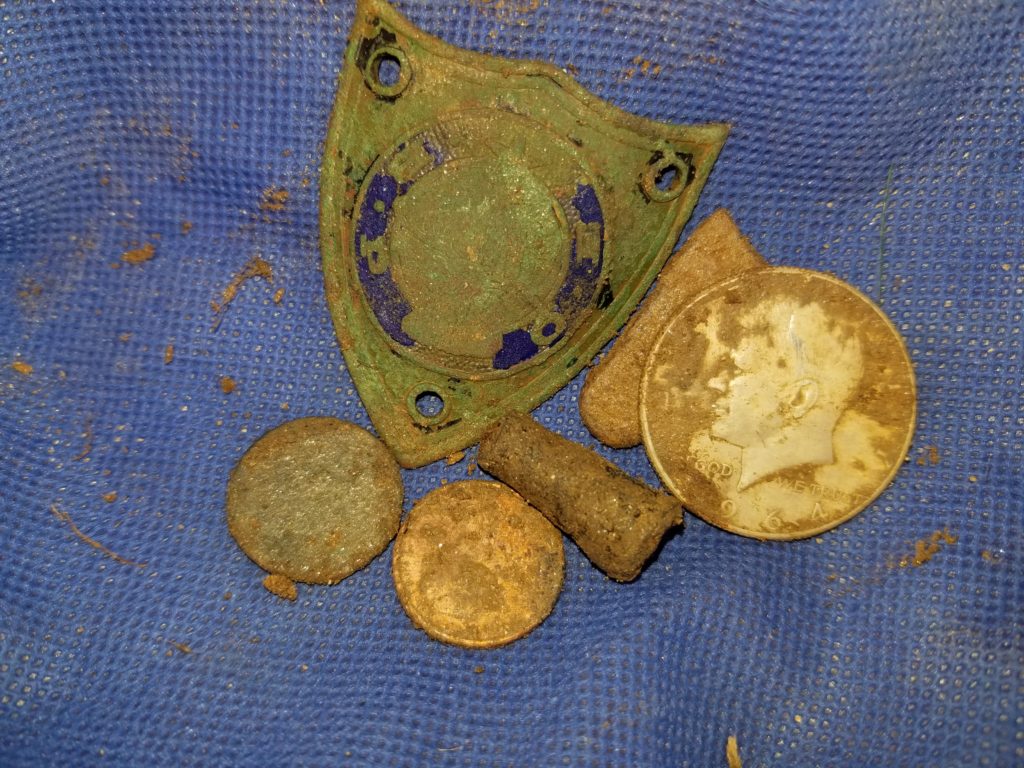
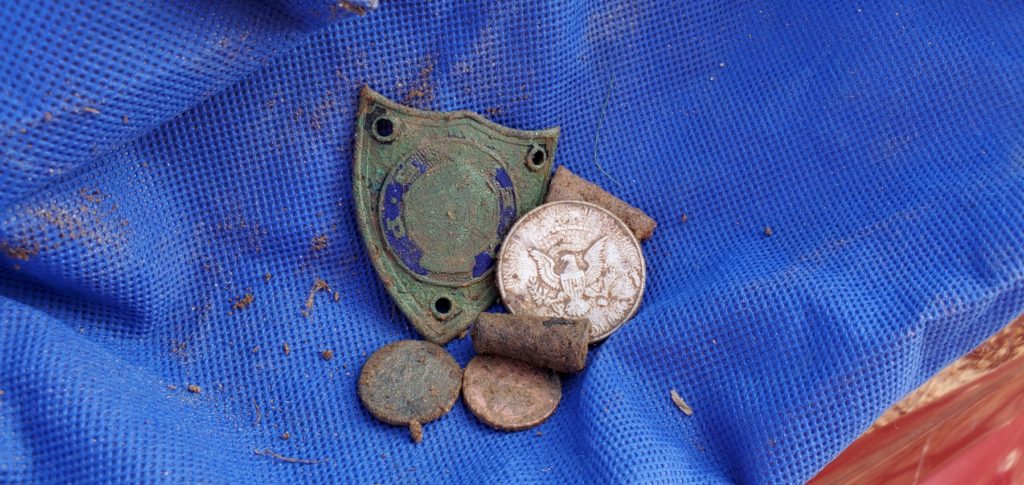
We headed further north and our first stop was a local church. We had previously obtained permission to detect this site from the grounds keeper but we had missed a small section on the other side of the church so we decided to give it a try. Mike and I found a few clad coins and I scored a 1965 Bahrain 100 fils (roughly 27 cents) coin. What a obscure find! It rang up as a nickel on my GTI 2500. Another example of why it’s important to dig the nickel signals!
By this time, Mike was pretty discouraged because my finds were pretty good and all he had were some clad coins. However, I kept telling him, “you’re going to beat me by the end of the day, I just feel it!”. Sure enough, our next stop Mike scored a 1916 Barber dime in excellent condition! He hit a homerun, what a beautiful coin and a extremely hard to find coin!
However, Mike and I weren’t done yet. After lunch we headed back to the same site where he had found the Barber dime and I found a 1907 V-nickel! It was my first v-nickel in Georgia, I had found them in Michigan, but not down south so I was thrilled. As amazing as Mike’s Barber dime was though, he out did himself and scored a silver 1899 Barber quarter!!!! Mike just hit a grand slam (using the baseball analogy again)! Mike also found a cool buffalo nickel (no date) and four wheaties, but finding two barber coins in the same day was outstanding!
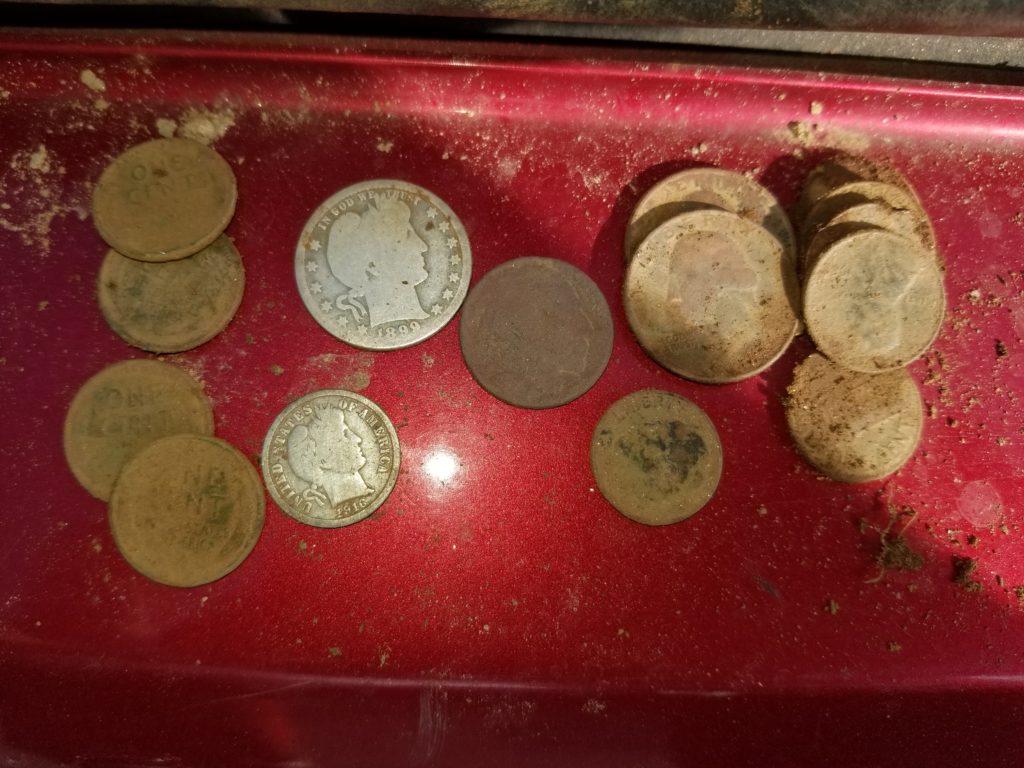
One more stop and Mike found some more clad and a few more wheaties. No more silver on the last stop, but we were riding the clouds and you can’t win them all. I found a few old pocket knives and couples of bullets shells at the last site. Here are my finds for the fantastic day!
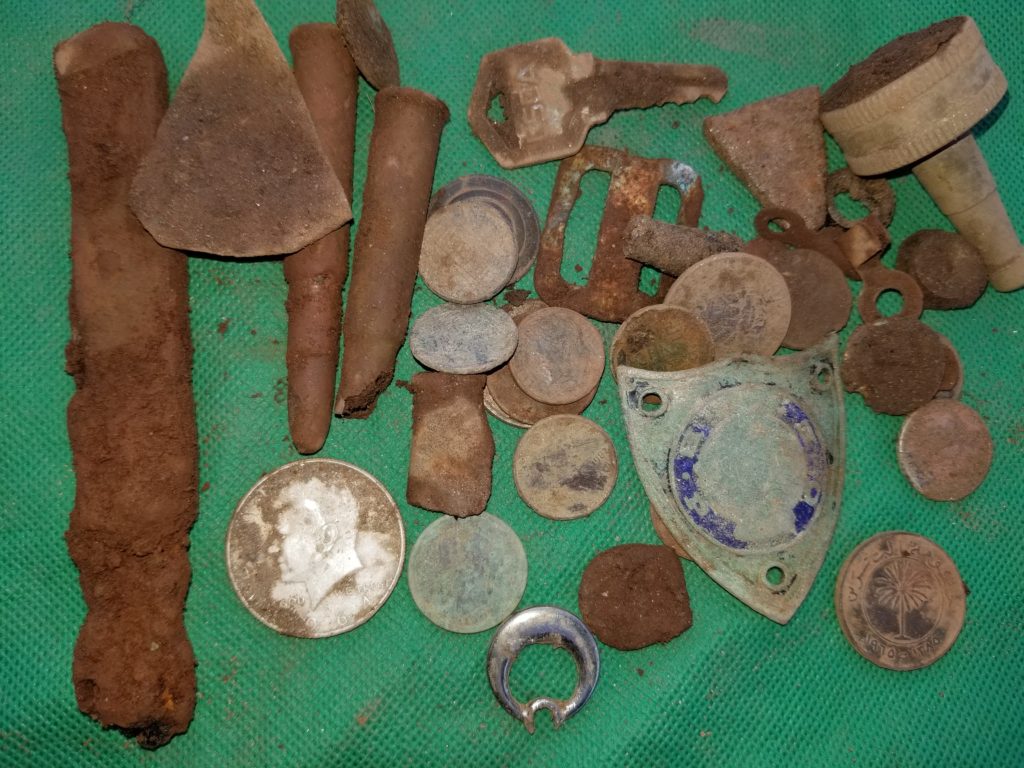
During the last week of 2020 I found a gold ring and now its the first week of 2021 and I’ve already scored a v-nickel and silver half dollar! Mike’s first week of 2021 and he’s already got two, count them two, Barber coins and his first silver quarter. How many detectorists can say their first silver quarter was a Barber from the 19th century, simply amazing! Welcome to 2021…it looks like it’s going to be a fantastic year!!!
